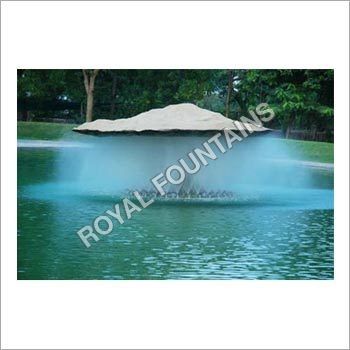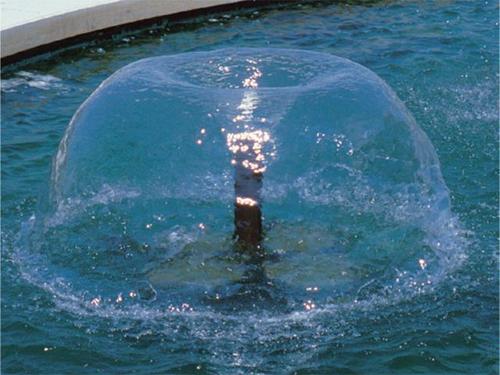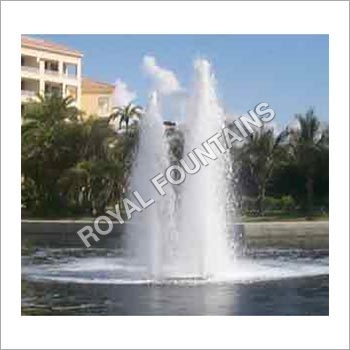Sculpture Fountain
150000.0 INR/Unit
Product Details:
- Size Different Sizes Available
- With Music or Not Non-Music Fountain
- Usage Outdoor Water Fountain
- Pump Material Stainless Pump
- Fountain Type Outdoor Fountains
- Color Any Color
- Click to View more
X
Sculpture Fountain Price And Quantity
- 150000.0 INR/Unit
- 1 Unit
Sculpture Fountain Product Specifications
- Non-Music Fountain
- Different Sizes Available
- Stainless Pump
- Outdoor Fountains
- Any Color
- Outdoor Water Fountain
Sculpture Fountain Trade Information
- COIMBATORE
- Cash in Advance (CID)
- 10 Unit Per Month
- 15 Days
- Yes
- Contact us for information regarding our sample policy
- 1
- Asia
- South India
Product Description
A sculpture fountain is an artistic water feature that combines a sculptural element with the flow of water. These pieces can be functional, purely decorative, or even interactive, offering a calming and beautiful addition to any space.
How they work
The basic principles of a modern sculpture fountain are rooted in hydraulic engineering.
Water Source: Fountains are typically powered by either natural streams, aqueducts, or recirculating water systems. Modern installations often utilize pumps to maintain a steady water flow, either submersible (placed in the water) or external (outside the pond or basin).
- Kinetic Energy Conversion: The force of the flowing water generates kinetic energy, which can be harnessed to move the sculpture's components, like wheels, gears, or levers, bringing it to life.
- Hydraulic Mechanisms: Advanced sculpture fountains employ precision-engineered hydraulic systems to control and direct the water flow for specific movements or effects.
- Integration of Technology: Many contemporary sculpture fountains incorporate sensors, programmable controllers, and even lighting systems to enhance the visual appeal and interactive experience.
- Materials used
Sculpture fountains can be crafted from a diverse range of materials, each offering unique aesthetics and properties.
Stone: Traditional and durable, options include marble, granite, and limestone.
- Bronze: Known for its durability, bronze can be cast into intricate designs and develops a beautiful patina over time.
- Ceramic: Versatile and available in a wide range of colors and glazes, ceramic is well-suited for both traditional and contemporary designs.
- Other materials: Concrete, GFRC (Glass Fiber Reinforced Concrete), fiberglass, metal (steel, copper, aluminum), glass, and even bamboo can be used depending on the desired effect.
Tell us about your requirement

Price:
Quantity
Select Unit
- 50
- 100
- 200
- 250
- 500
- 1000+
Additional detail
Mobile number
Email








